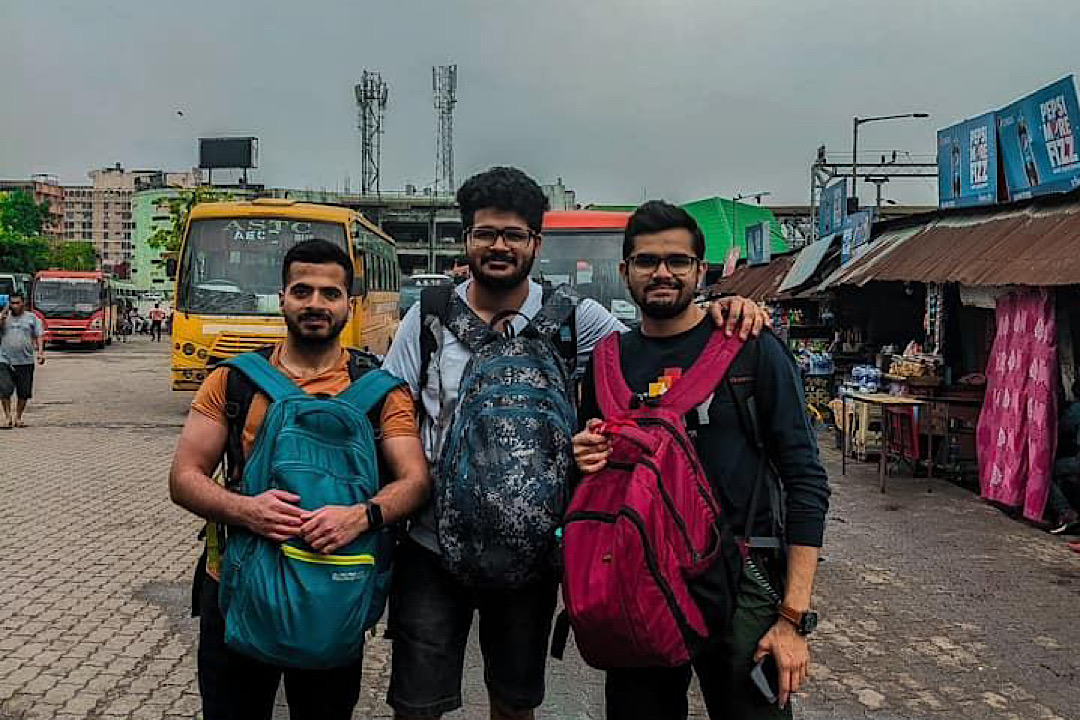
How to Budget for a Backpacking Trip!!
Budgeting for a backpacking trip requires careful planning and consideration of various expenses. Here is a step-by-step guide to help you create a budget for your backpacking adventure:
Table of Contents
1. Research your destinations:
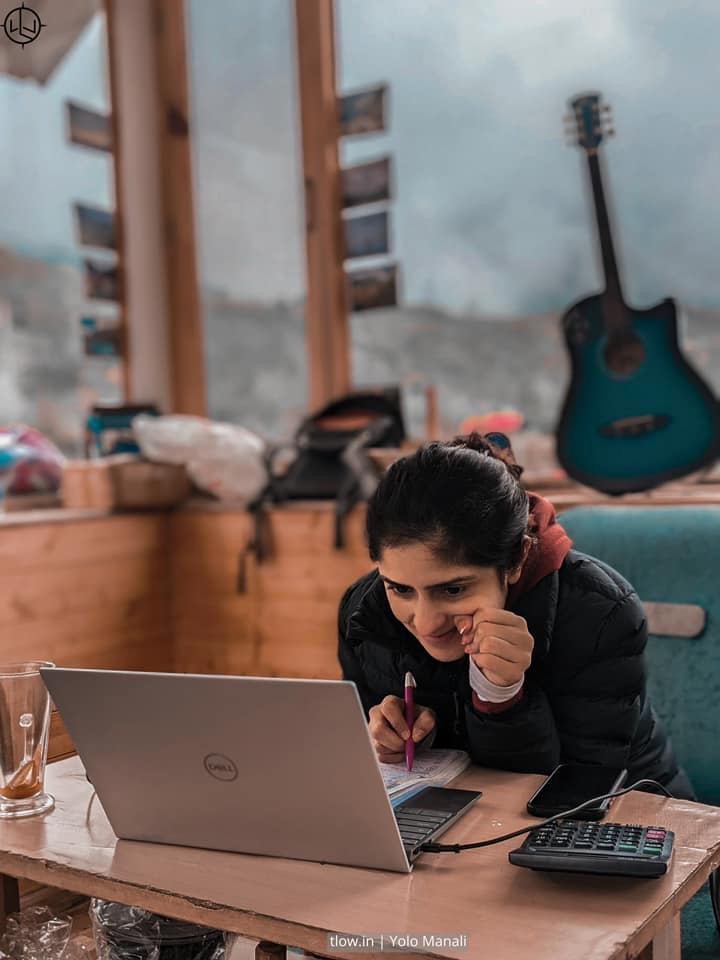
Start by determining the countries or regions you plan to visit. Research the cost of living, accommodation, transportation, food, and activities in each destination to get an idea of the general expenses.
2. Decide on the duration of your trip:

Determine the number of days or weeks you will be travelling. Longer trips generally require a larger sum, considering accommodation, food, and other expenses.
3. Create a spreadsheet:

Open a spreadsheet or use a budgeting app to track and manage your expenses. Create different columns for different categories like transportation, accommodation, food, activities, visas, travel insurance, and miscellaneous expenses.
4. Estimate transportation costs:
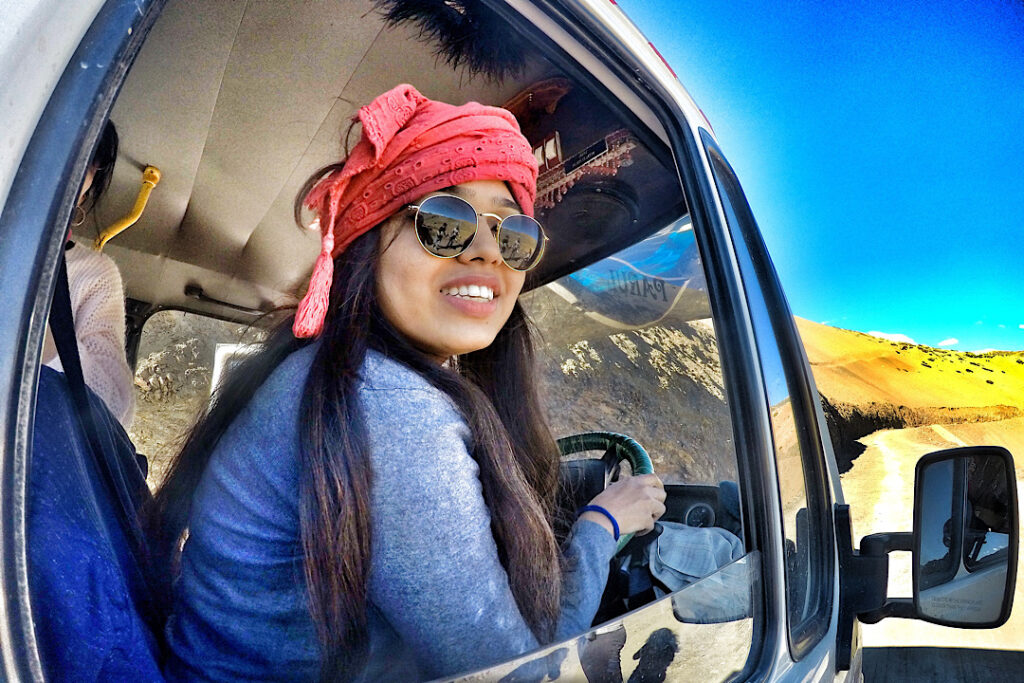
Research transportation options such as flights, trains, buses, and local transportation within each destination. Check the prices and estimate the overall cost of getting to and around each place.
5. Estimate accommodation costs:
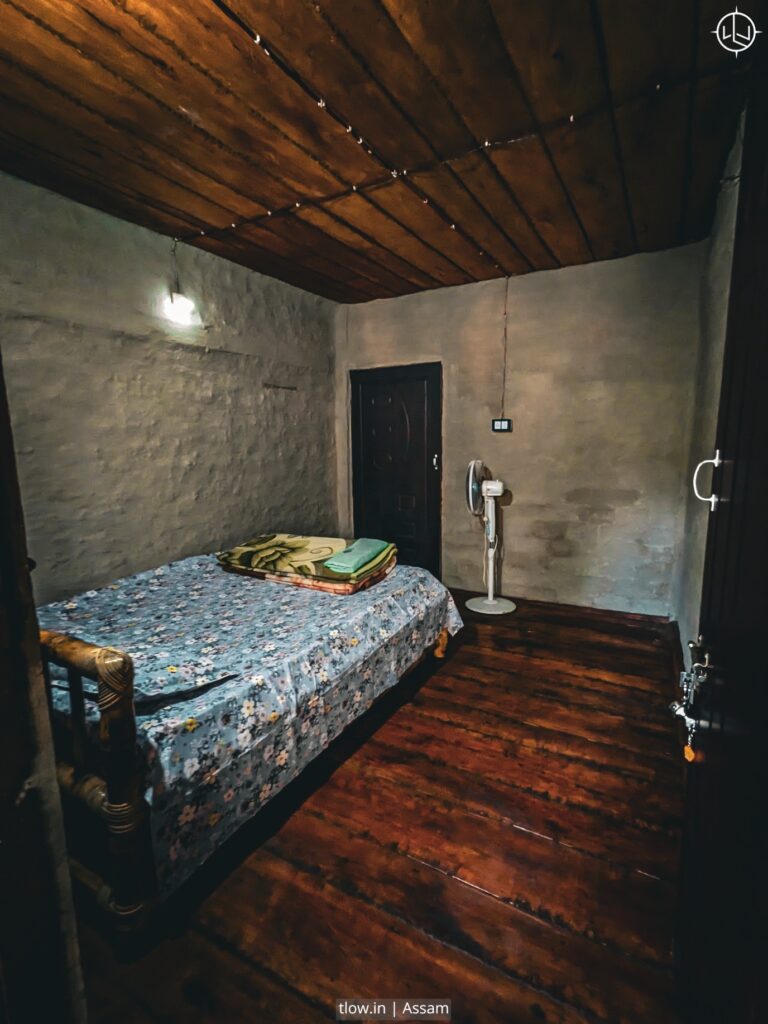
Identify the types of accommodation you plan to use, such as hostels, guesthouses, camping, or Couchsurfing. Find average prices for each option and estimate the cost per night for each destination.
6. Determine daily food expenses:

Consider your eating preferences, whether you plan to eat at restaurants, street stalls, or cook your own meals. Research food prices in the destinations you’ll visit and estimate a daily budget based on that.
7. Budget for activities and sightseeing:
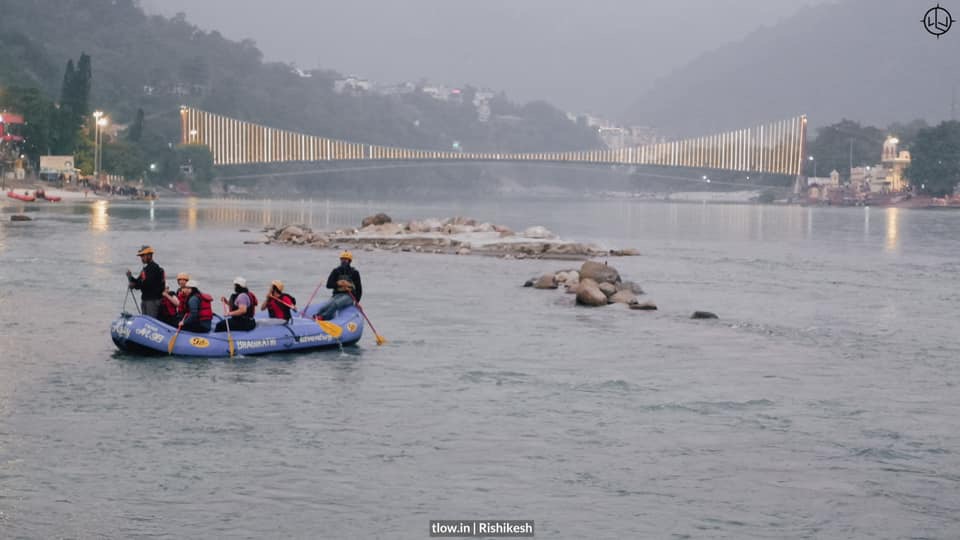
Make a list of activities, attractions, and tours you want to experience. Research the costs associated with each and include them in your budget.
8. Consider visa and insurance costs:
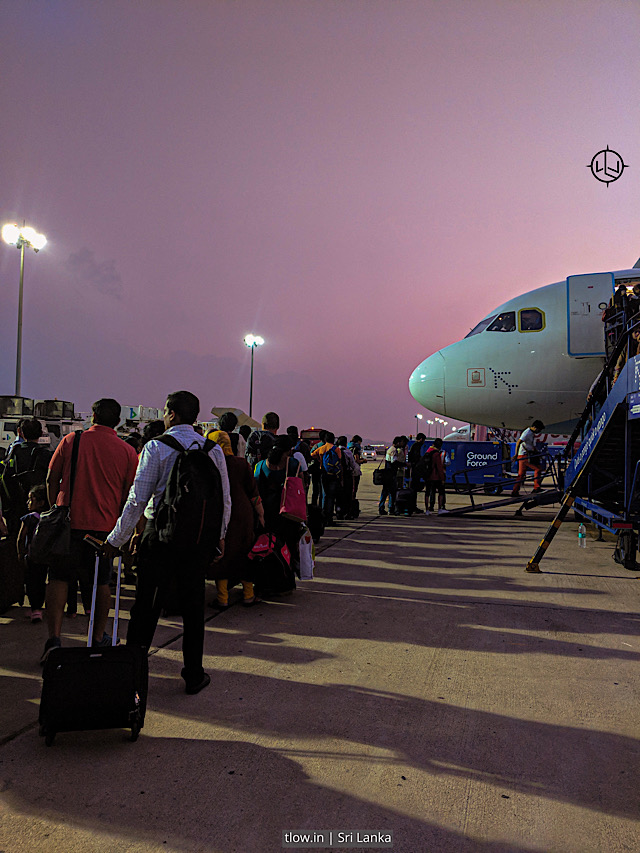
Determine the visa requirements for each destination and identify if there are any associated fees. Additionally, include travel insurance costs to ensure you are protected during your trip.
9. Allocate a miscellaneous budget:

Set aside some money for unexpected expenses, emergencies, souvenirs, and any other miscellaneous costs that may arise.
10. Total and track your expenses:
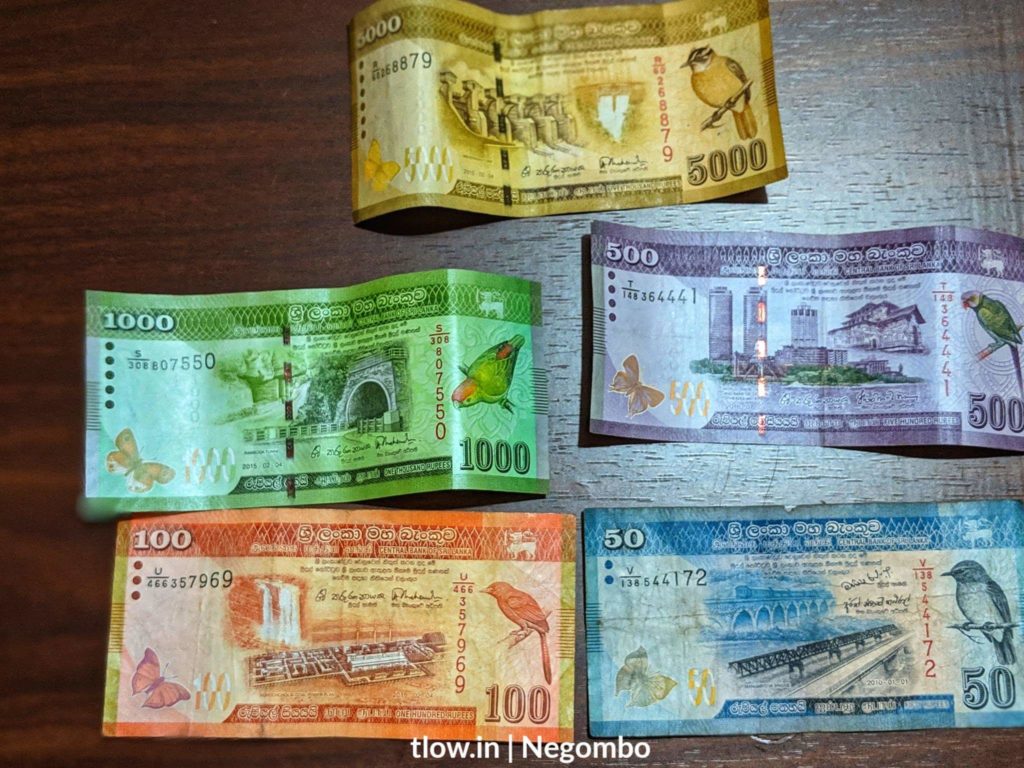
Sum up all the estimated costs for each category and calculate your overall budget. As you travel, track your actual expenses and compare them to your estimates. This will help you stay on track and make adjustments as needed.
Remember, everyone’s travel style and preferences differ, so tailor your budget to your specific needs. Be flexible and prepared to adjust your spending based on unforeseen circumstances or changes in your itinerary.











